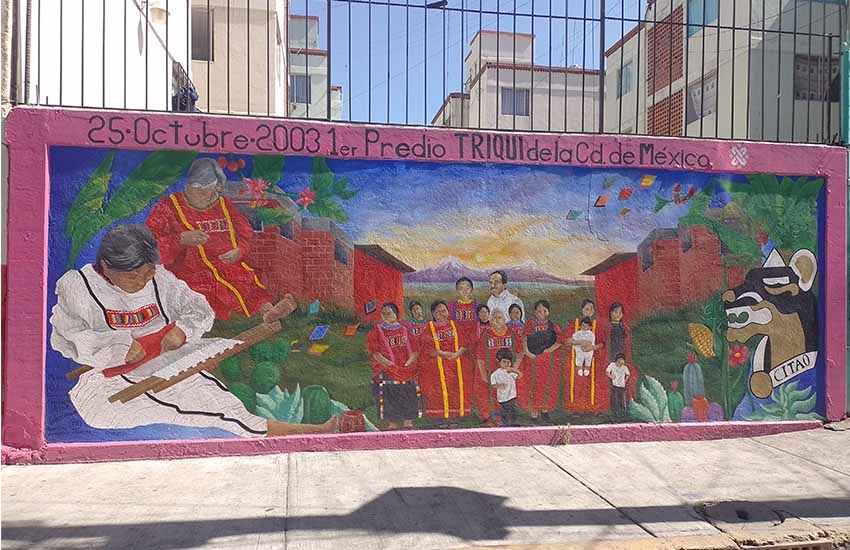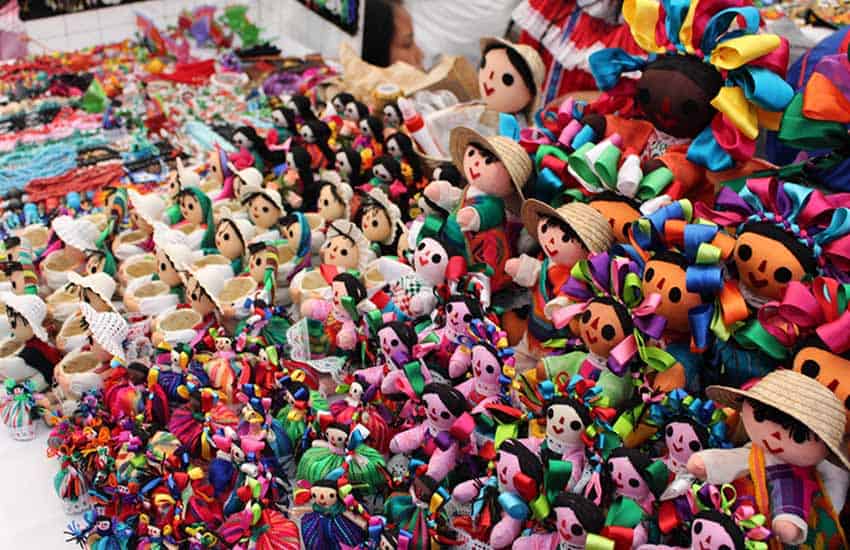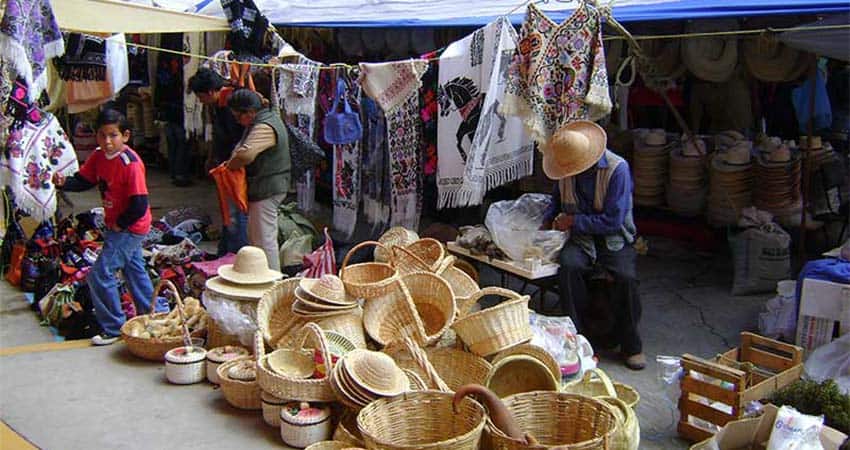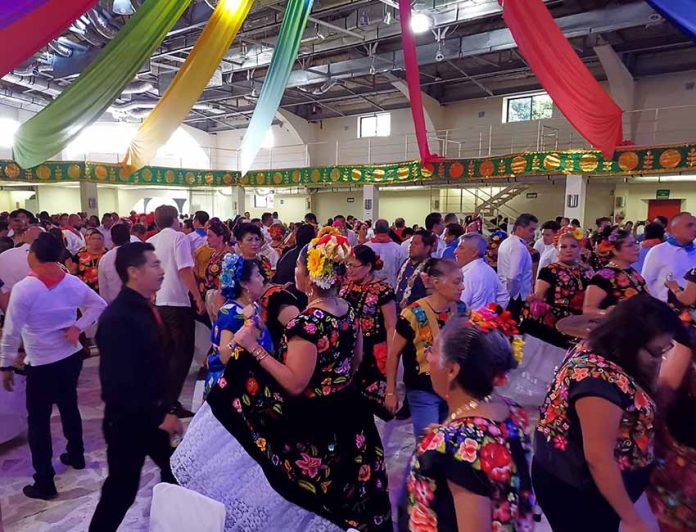Talk about “multiculturalism” in Mexico City and other urban areas and you do not mean the integration of peoples from outside of Mexico’s borders but rather those who have come from those within them.
However, it is not completely inaccurate to use the term since these migrants face many of the same processes and challenges that foreign migrants do.
Over much of Mexico’s history, its indigenous population has lived almost exclusively in rural areas. Cities became populated almost exclusively by those of European and mixed-race heritage. One reason is that in urban areas, most indigenous people mixed and became mestizo; in rural areas, indigenous residents were better able to conserve a distinct ethnic identity.
But that conservation came at a cost: poverty.
For better or worse, opportunities to move into Mexico’s cities started in the first half of the 20th century. As in other countries, industrialization enticed many rural poor to try their luck in growing urban centers. The case of Mexico City demonstrates this phenomenon best as it is the largest and oldest. But the same process occurred in Guadalajara and Monterrey and today continues in other urban centers.

Mexico City’s population tripled from 1930 to 1950 due to a rural influx, then again from 1950 to 1970. Into the 21st century, it again doubled. As of the 2020s, the metropolitan area has 22 million people. This growth has slowed down, not only due to a lack of space but also because the city has moved much of the industry, and its need for unskilled and semiskilled workers, out of the Valley of Mexico in the last 20 years.
At first, the indigenous men came, seasonal employees not intending to stay. By the 1960s, entire family units arrived. The first very visible migration of this type was that of the Mazahua and Otomi, who came from northwest of the capital.
Eking out a living in menial jobs and street vending, their numbers and distinctive dress caught the public and authorities’ attention. They inspired the television and movie comic figure of La India María as well as the famous María (Lele) doll. They are also fairly well-documented by academics, who began investigating them in the 1970s and now study later generations.
These migrants face the same problems that immigrants all over the world do but within their own country. The most obvious issue is discrimination, but others include a need to maintain a somewhat distinct identity, even for successive generations, and to keep a link with their communities of origin.
Maintaining language and traditions is important to these “new” city dwellers who try to adapt rituals and ways of life developed for farm life to an urban setting.
As for other immigrants, indigenous languages seem to be the most vulnerable, with city-born generations losing the ability to communicate in their ancestral tongues. How much they lose or keep such knowledge seems to depend on the family, especially on how much the mother insists on using the indigenous language at home, says Mexico City Triqui leader Moises Tello.

The Mazahua and Otomi continue to come to Mexico City, but since the 1970s, they have been joined by many other ethnicities, including Mixtecs, Zapotecs, Triquis, Nahuas and others who have formed distinct communities. Most are found in the east and southeast of the city, at the far fringes of Mexico City proper, stretching into adjoining cities in México state. There are, however, notable exceptions, such as the Mazahua and Otomi of Colonia Roma and the Triquis of Colonia Doctores, both near the capital’s historic center.
This large, diverse group of people looking to maintain a somewhat separate identity means that, at least in Mexico City, local and federal governments make efforts to accommodate them — although with programs and bureaucracies of dubious efficiency at best.
As of 2018, over 700,000 indigenous people were estimated to live in the capital, roughly 7% of the country’s total indigenous population, although counting is problematic. Most have origins in states like Puebla, Hidalgo, Guerrero, México state and Oaxaca, but representatives of all of the country’s 65 recognized indigenous groups can be found in Mexico City.
Most still have familial and other ties back in their original states and communities, although identity shifts occurring between the rural and urban branches of these communities do strain those relationships.
Most of these populations, even those with several generations here, are still considered marginalized outsiders by both the city at large and the indigenous communities themselves. They are generally not seen as cultural or economic contributors to the city.
Since the 1990s, indigenous migration within Mexico has become somewhat complicated. Many still come from impoverished rural areas to Mexico’s Big Three cities — Mexico City, Guadalajara and Monterrey — but many now opt for other cities, especially those with agro-industrial and tourism opportunities. Some indigenous people who migrated to one city turn around and migrate to another. However, Mexico City now has by far the widest indigenous ethnic diversity. This has caused some academics to name it the largest indigenous city in the Americas.

What still does not seem to be happening with many communities here, however, is complete assimilation into Mexico City’s wider culture. Education levels are low, and many born in the capital continue to make a living the way their migrant parents and grandparents did.
Leigh Thelmadatter arrived in Mexico 18 years ago and fell in love with the land and the culture in particular its handcrafts and art. She is the author of Mexican Cartonería: Paper, Paste and Fiesta (Schiffer 2019). Her culture column appears regularly on Mexico News Daily.
